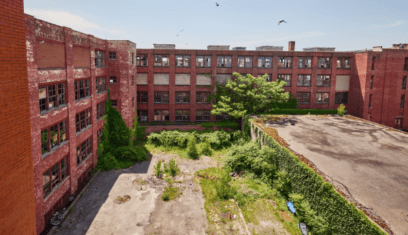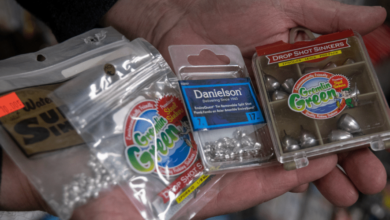State Brownfield Cleanups Aid Housing, Preservation


 In 2024, 61 brownfields were certified as cleaned-up sites by the New York State’s Brownfield Cleanup Program (BCP).
In 2024, 61 brownfields were certified as cleaned-up sites by the New York State’s Brownfield Cleanup Program (BCP).
Thirty-five of the 61 are planned for the creation of thousands of affordable housing units across New York City and the state, an announcement from DEC said.
Brownfield sites are previously developed areas, often former industrial sites, that now sit contaminated and disused. Future site uses include recreation, housing, business, industry, and more.
The Department of Environmental Conservation oversees the BCP to encourage the voluntary cleanup of contaminated properties so these sites can be redeveloped. DEC also accepted 71 new sites into the BCP.

 An example is Canal Commons, a $64 million affordable housing project in the historic Susan B. Anthony neighborhood, Canal Commons was the long-vacant historic Utz & Dunn Shoe company building, which has been converted into a 123-unit affordable housing apartment building.
An example is Canal Commons, a $64 million affordable housing project in the historic Susan B. Anthony neighborhood, Canal Commons was the long-vacant historic Utz & Dunn Shoe company building, which has been converted into a 123-unit affordable housing apartment building.
Located at 67-89 Canal Street, it was originally constructed in 1900 for the Utz & Dunn Shoe Company, which was succeeded by the W.B. Coon Company in the 1920s. The factory closed during the Great Depression.
Later, the Bravo Macaroni Company operated out of the factory and remained there until the late Ninteenth century. As of recent, the building served as a Volunteers of America Outlet Center and has now been rehabilitated as residential units.

 A former brownfield site, the project participated in the BCP and is now a mixed-income development.
A former brownfield site, the project participated in the BCP and is now a mixed-income development.
Last fall, Canal Commons was given an award for excellence in historic preservation from the Preservation League of NYS.
A Certificate of Completion from the BCP says contaminants are no longer present at levels exceeding health-based or environmental standards or applicable cleanup objectives based on the anticipated future use of the property.
Unlike State Superfund Program cleanups, which are funded by New York State and polluters, the BCP encourages developers and private-sector entities to invest in the cleanup of brownfields and promotes redevelopment of these sites.
Since its inception in 2003, DEC has approved more than 1,360 applications to the BCP and issued Certificates of Completion (COCs) to approximately 715 formerly contaminated properties statewide.
DEC issues COCs based on expert review of a Final Engineering Report, which certifies the cleanup performed by an applicant meets State cleanup requirements for the protection of public health and the environment.
The COC triggers the availability of tax credits administered by the New York State Department of Tax and Finance for eligible parties and allows the certificate holder to redevelop the site.
Some completed BCP projects are located in the New York Department of State’s Brownfield Opportunity Areas (BOA).
Illustrations: Above, the Former Utz & Dunn shoe factory brownfield before it was transformed into Canal Commons, which is shown in a recent photo below (provided by East House).
Source link





